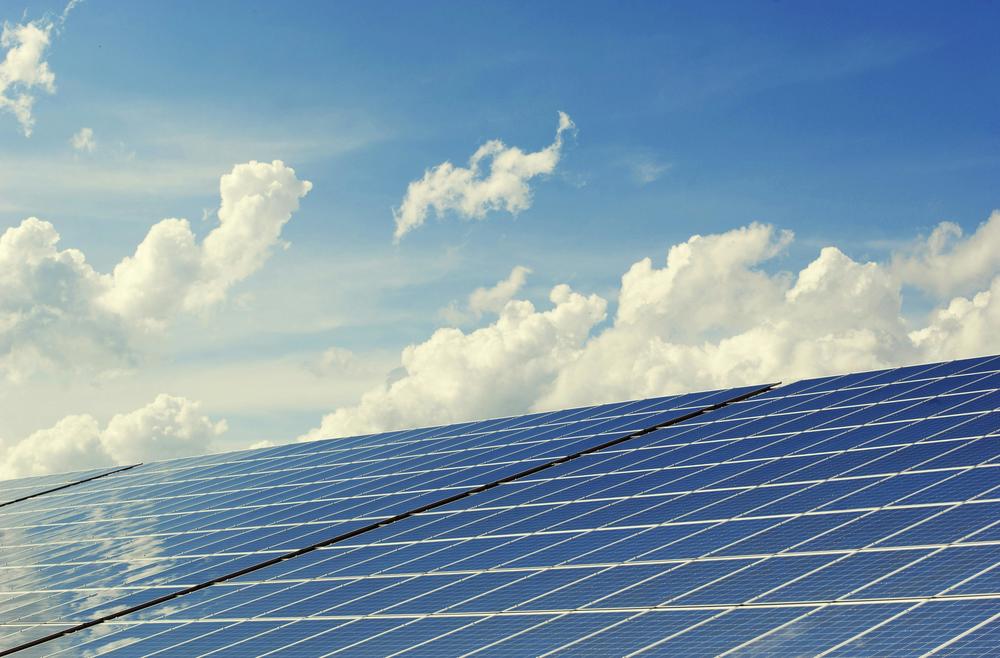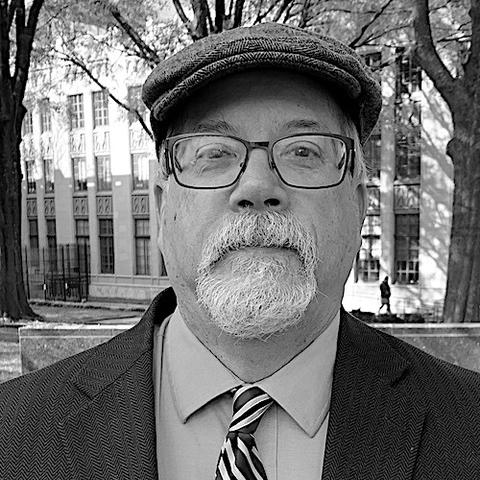
Section Branding
Header Content
Spread of solar farms in Georgia about to get legislative scrutiny
Primary Content

ATLANTA — Georgia is the largest state east of the Mississippi River, with eight million acres of prime farmland.
Yet, there’s so much concern over the spread of solar farms eating up huge portions of that acreage with vast fields of solar panels that the state Senate has formed a study committee to explore what can be done to save the most fertile land for farmers.
“We’ve lost a little over two and a half million acres of farmland in the last 40 years,” said Sen. Billy Hickman, R-Statesboro, who will chair the Senate Study Committee on the Preservation of Georgia’s Farmlands. “We’ve got to make sure to protect our farmland.”
Other factors are playing a role in the rapid shrinkage of farmland in Georgia, including the construction of housing subdivisions to accommodate population growth, warehouse-distribution centers and — most recently — data centers.
But solar projects also have cropped up across the state during the last decade, including some rooftop installations on individual homes and businesses but mostly the larger “utility-scale” deployments of fields of solar panels known as solar farms.
The industry operates on two models. Farmers lease their land to solar companies, which build and operate the solar farms for a set period of time. In other cases, a solar company owns the land and sells the power to utilities.
For example, Nashville, Tenn.-based Silicon Ranch sells the electricity generated at the solar farm sites it owns and operates to Green Power EMC, the renewable energy supplier for 38 of Georgia’s electric membership cooperatives. Green Power EMC has more than 40 community and utility-scale solar projects spread across about 10,000 acres.
As of last year, Georgia ranked seventh in the nation in total installed solar capacity, producing 5,936 megawatts, according to the Solar Energy Industries Association. One megawatt of electricity is enough to power 750 homes. The 250 solar companies currently operating in Georgia have invested $6.5 billion and created 5,382 jobs.
Solar companies have found willing partners in Georgia farmers because they offer security in an agricultural industry plagued by uncertainty, said Jeff Clark, president of Advanced Power Alliance, a clean-energy industry trade association active in Georgia and 10 other states.
“(Farmers) are getting killed by big corporate farms and overregulation … commodity prices, and fluctuations in the weather,” he said. “For them, it’s an opportunity to diversify and have a steady source of income. … That’s why I think it’s really taking off.”
“For the farmers, it’s a hard opportunity to turn down because the financial opportunities are so great it may allow them to continue to farm other parts of their properties,” added Will Bentley, president of the Georgia Agribusiness Council.
The downside to the spread of solar farms is the huge amount of farmland they take up.
“Southwest Georgia is largely prime farmland,” said Bryan Tolar, who preceded Bentley at the agribusiness council and now runs his own government affairs firm. “Are we going to take away prime farmland?”
Bentley said his chief concern over solar farms is what happens to the land solar farms occupy when the leases farmers enter into with solar companies expire, typically after 20 years.
“Is the land returned to production or left a mess?” he asked.
The General Assembly sought to address that issue this year by passing legislation requiring solar companies that lease property for solar farms to restore the land to its natural state after the lease expires.
Restoration activities include removing the foundations of solar arrays from the ground to a depth of at lease three feet, filling holes that have been dug to accommodate solar panels, and removing cables and overhead power and communications lines.
House Bill 300, which takes effect July 1, also requires the companies to provide financial assurance at least equal to the estimated cost of removing solar arrays and returning the property to its natural state.
“At the end of a solar project’s life, that family gets the land back, and the project is removed,” Clark said.
The Senate study committee will hold its first meeting next month in Statesboro, with subsequent meetings to take place in Cornelia and two locations in Southwest Georgia yet to be chosen. The panel is due to make recommendations to the full Senate by Dec. 1.
“We won’t have all the answers, but hopefully we’ll learn a lot more,” Hickman said. “It’s probably going to be more about raising an awareness of the need to preserve farmland.”
This story comes to GPB through a reporting partnership with Capitol Beat.

